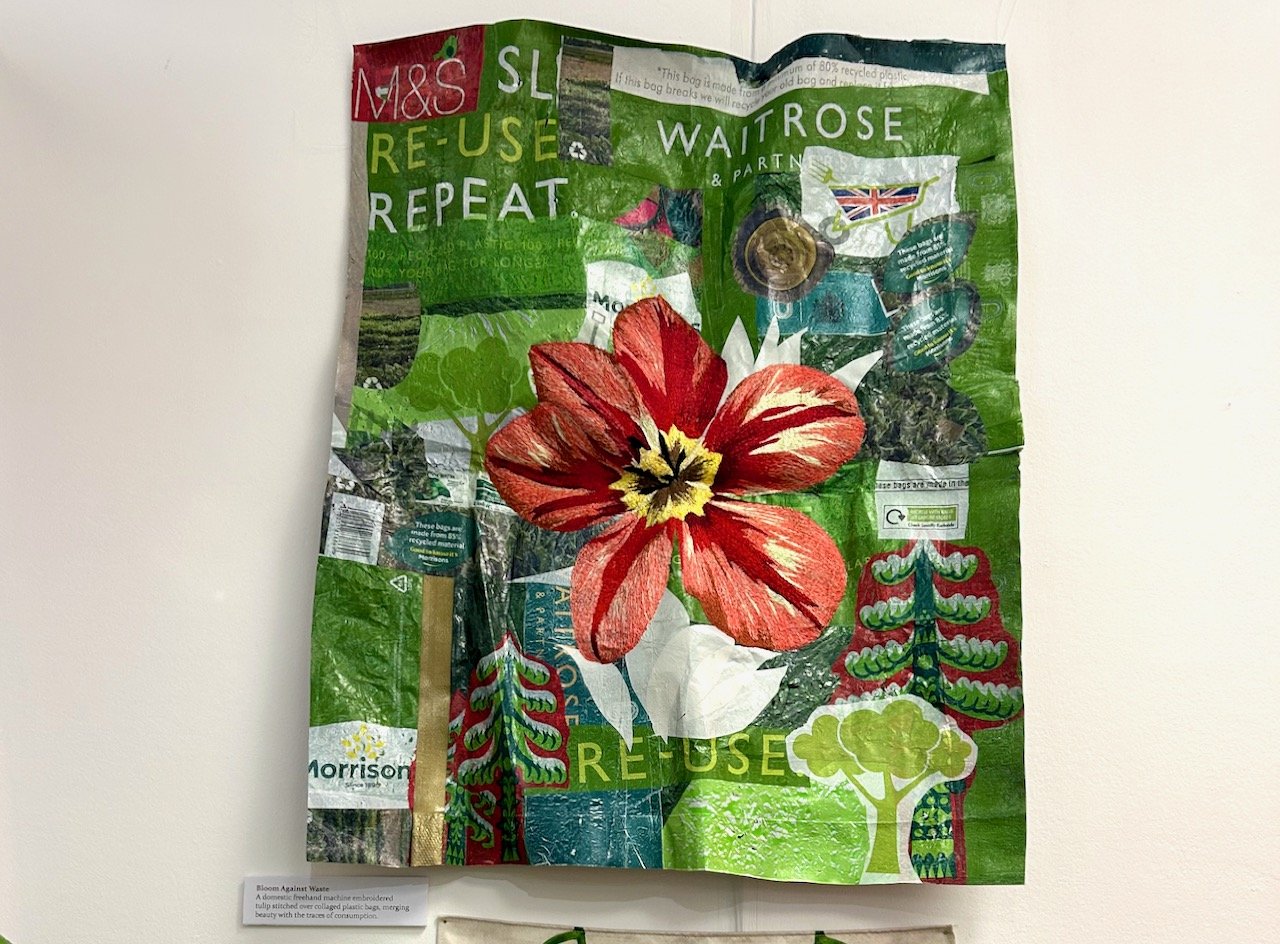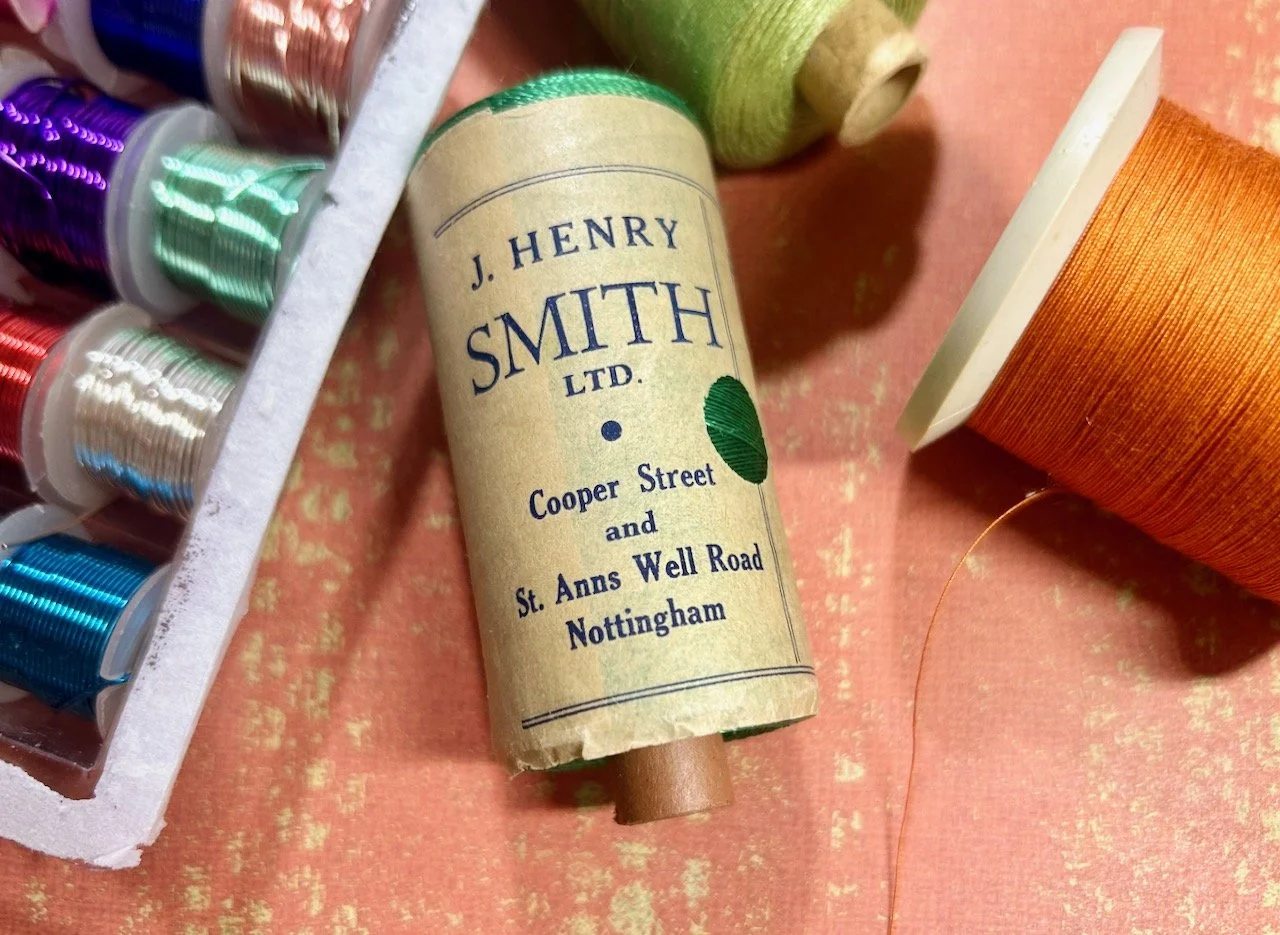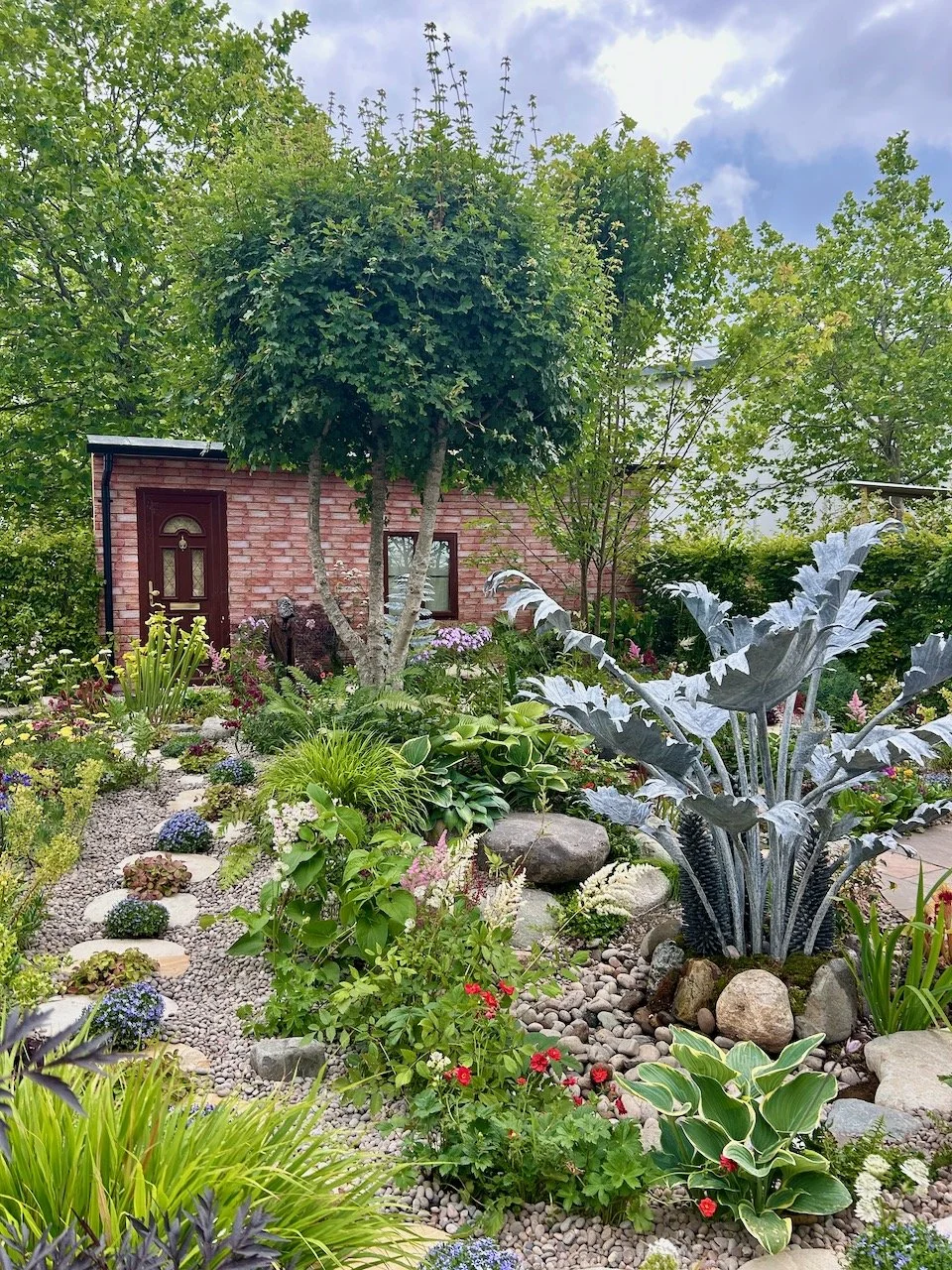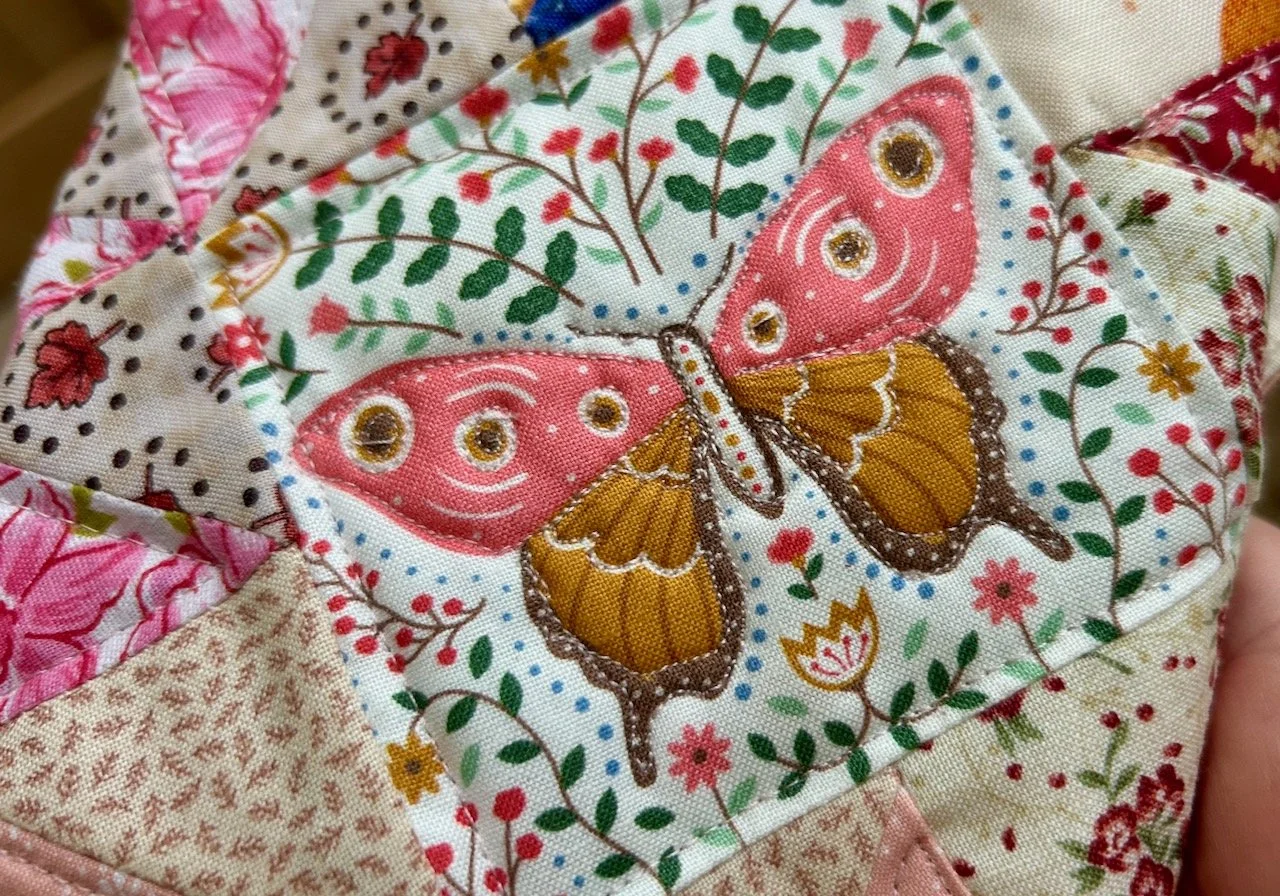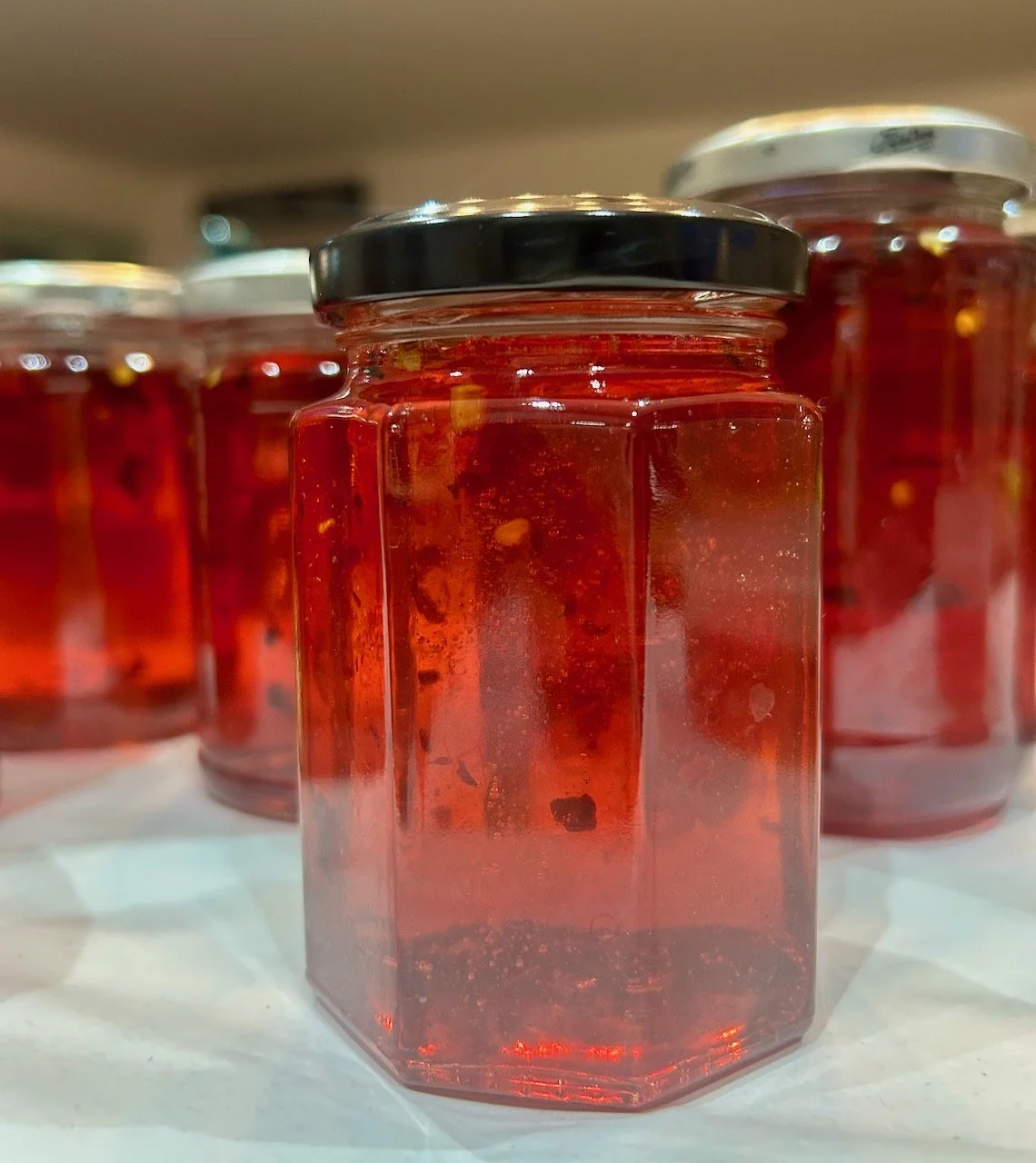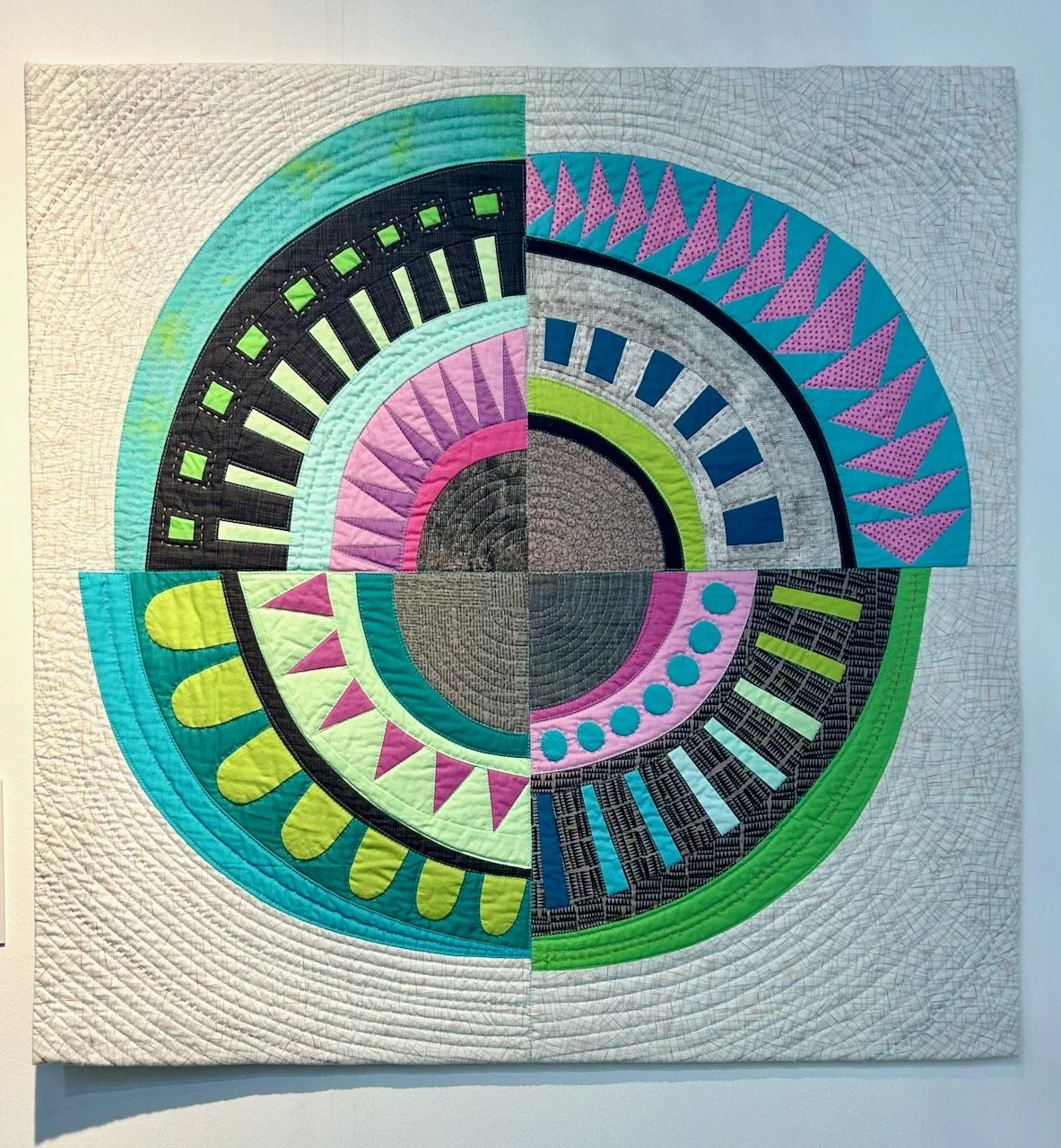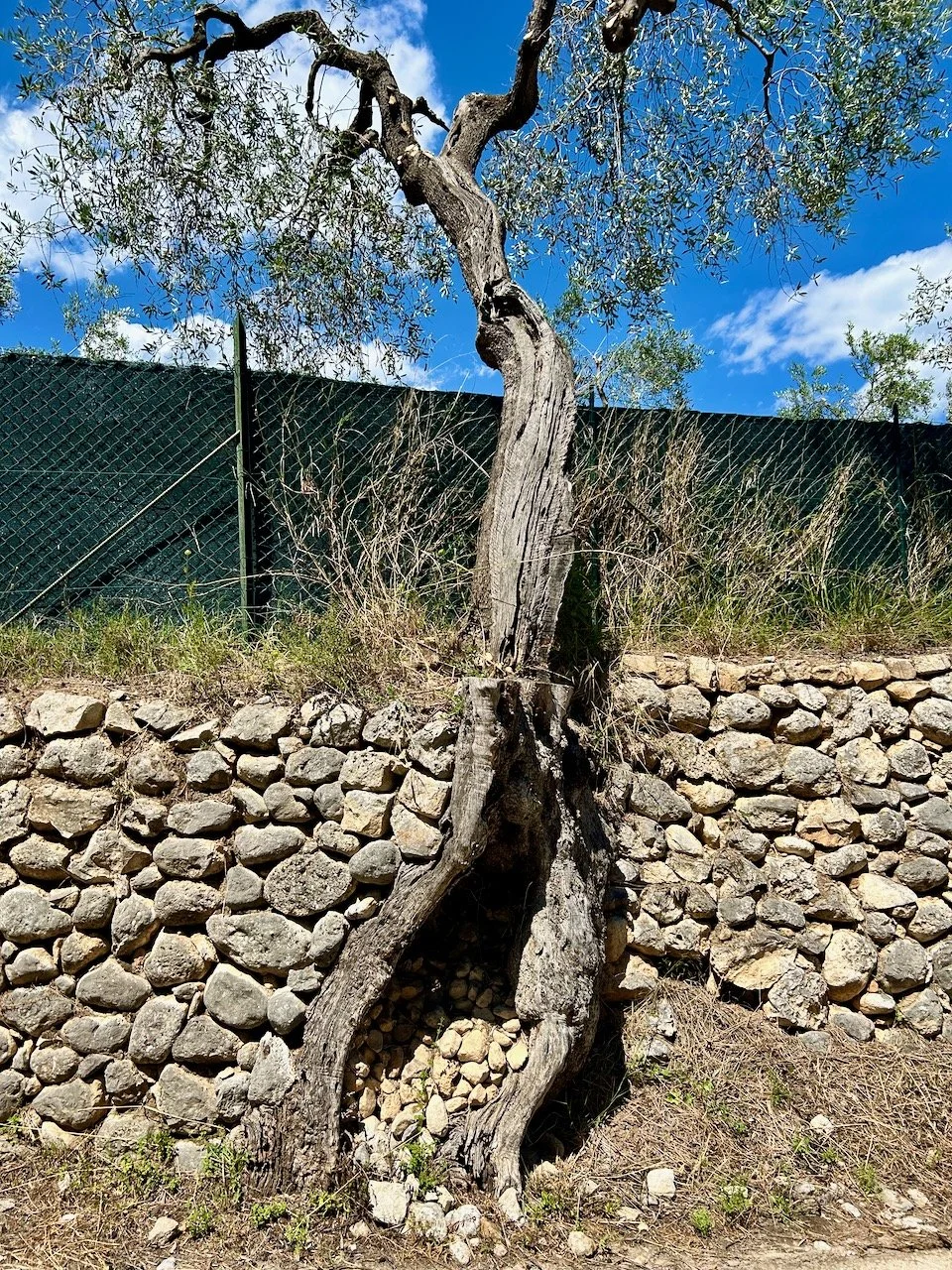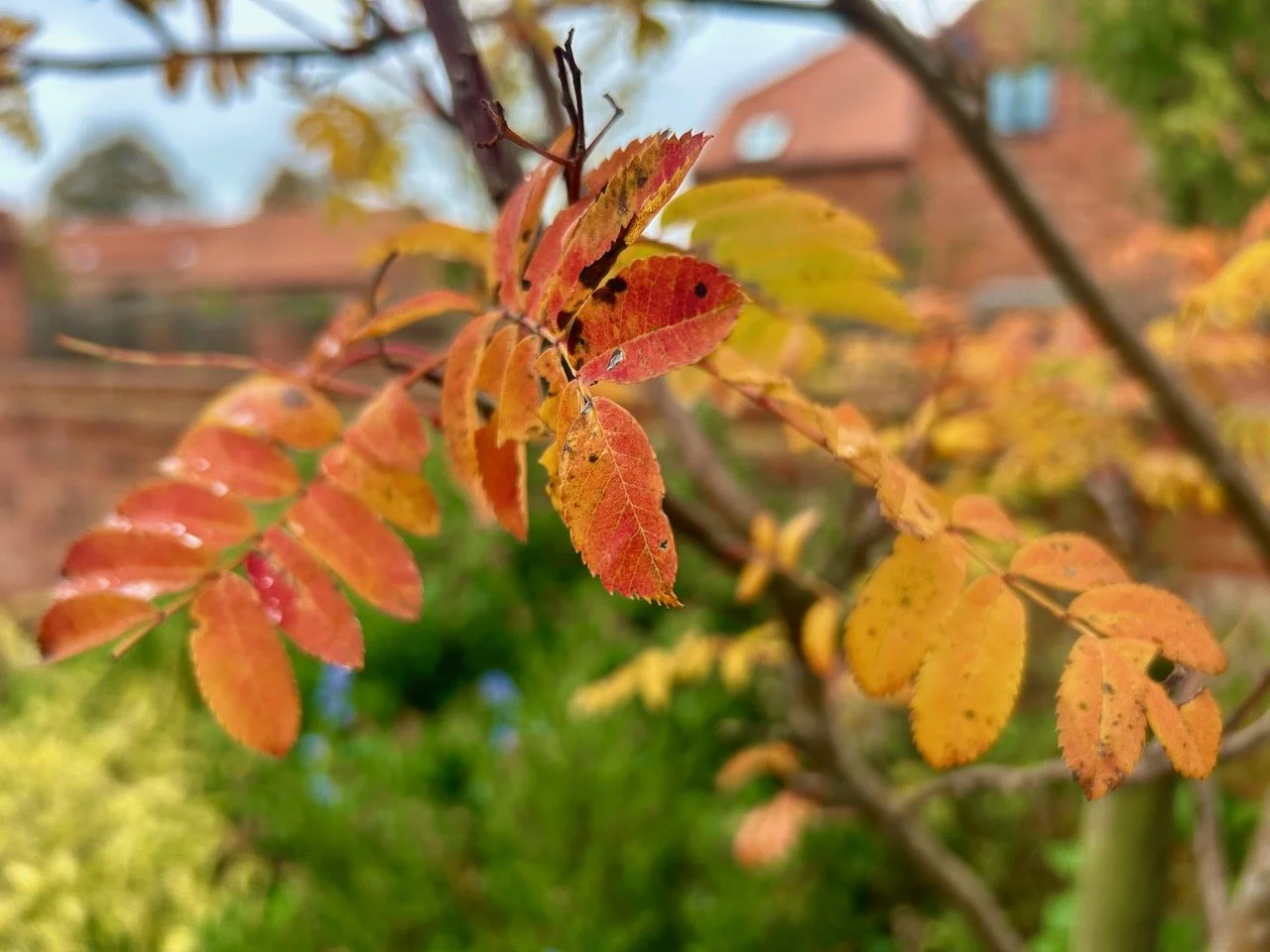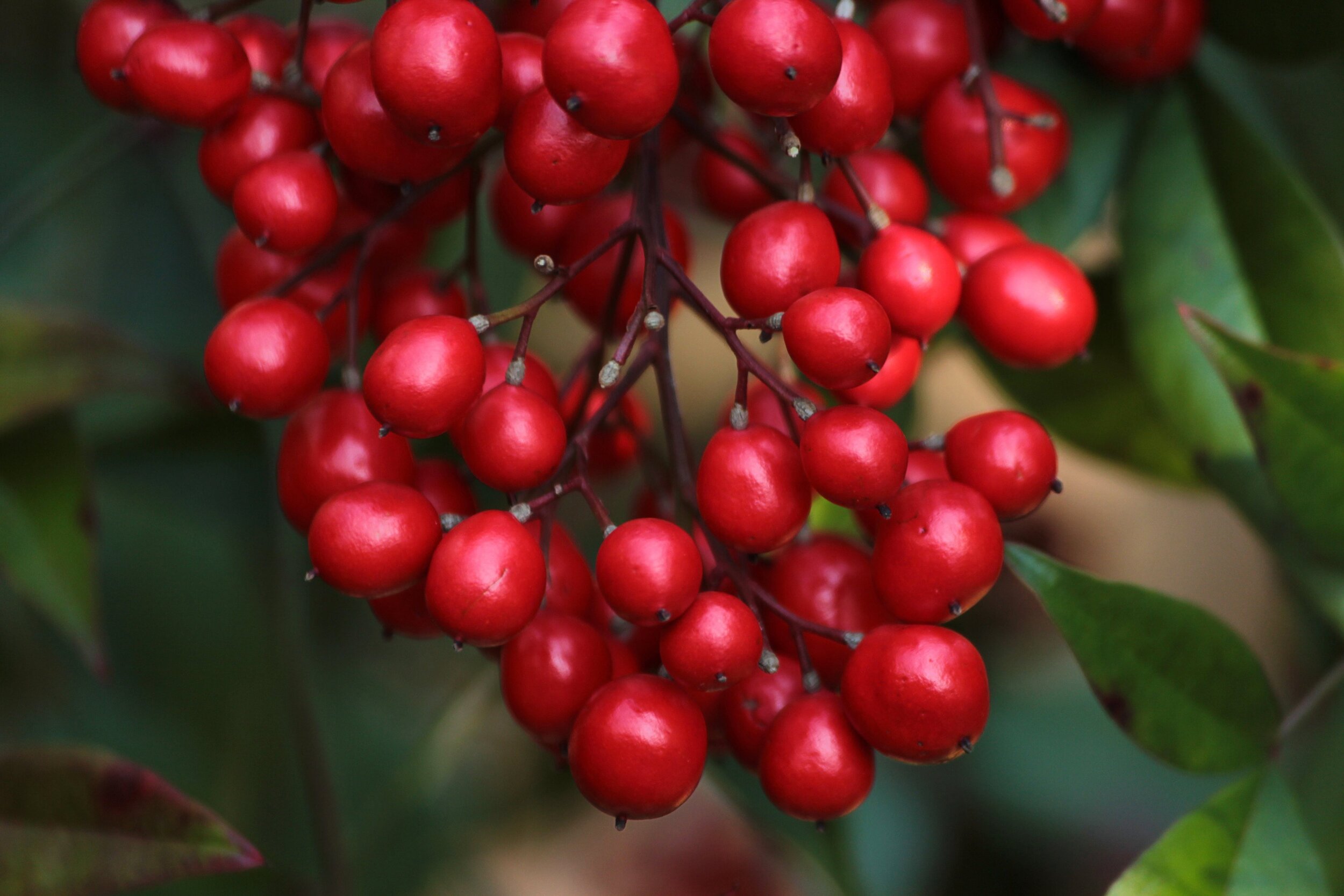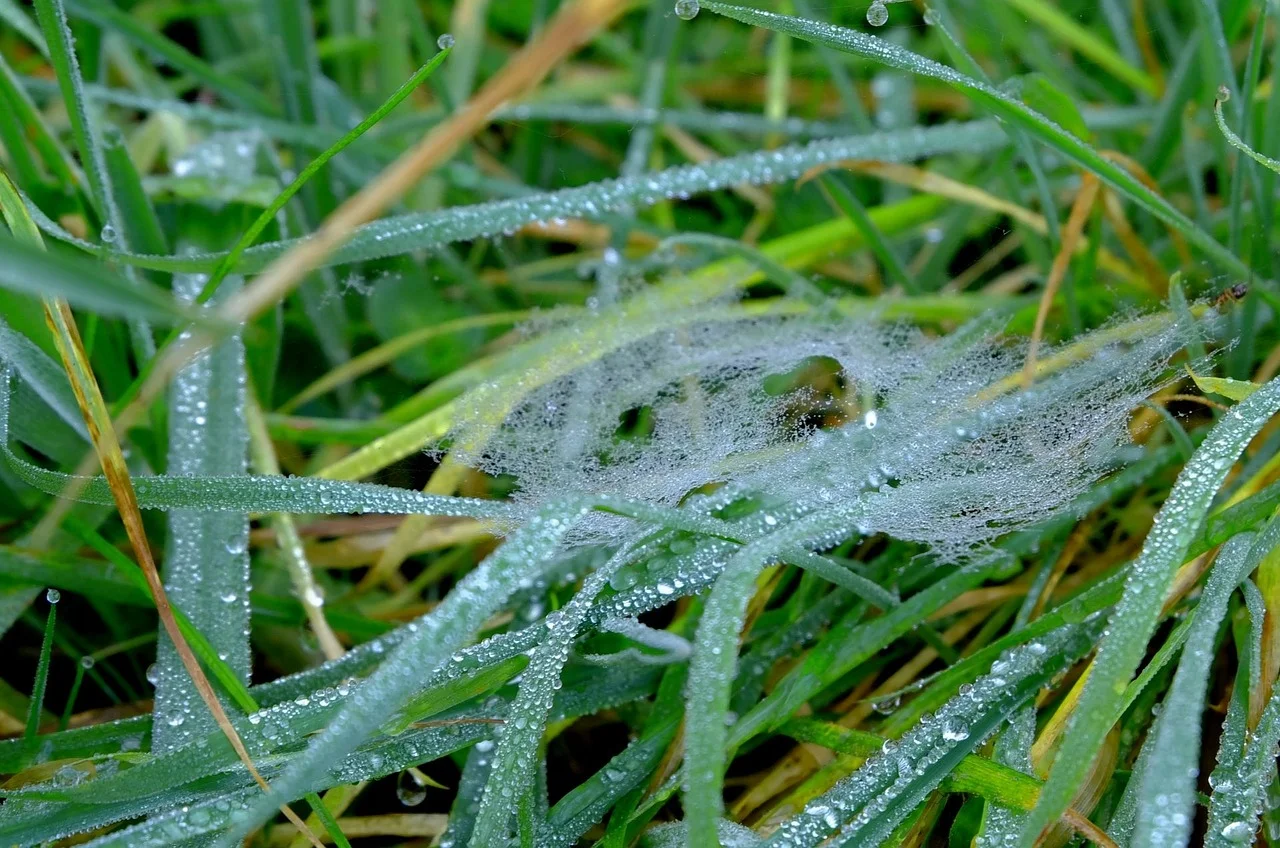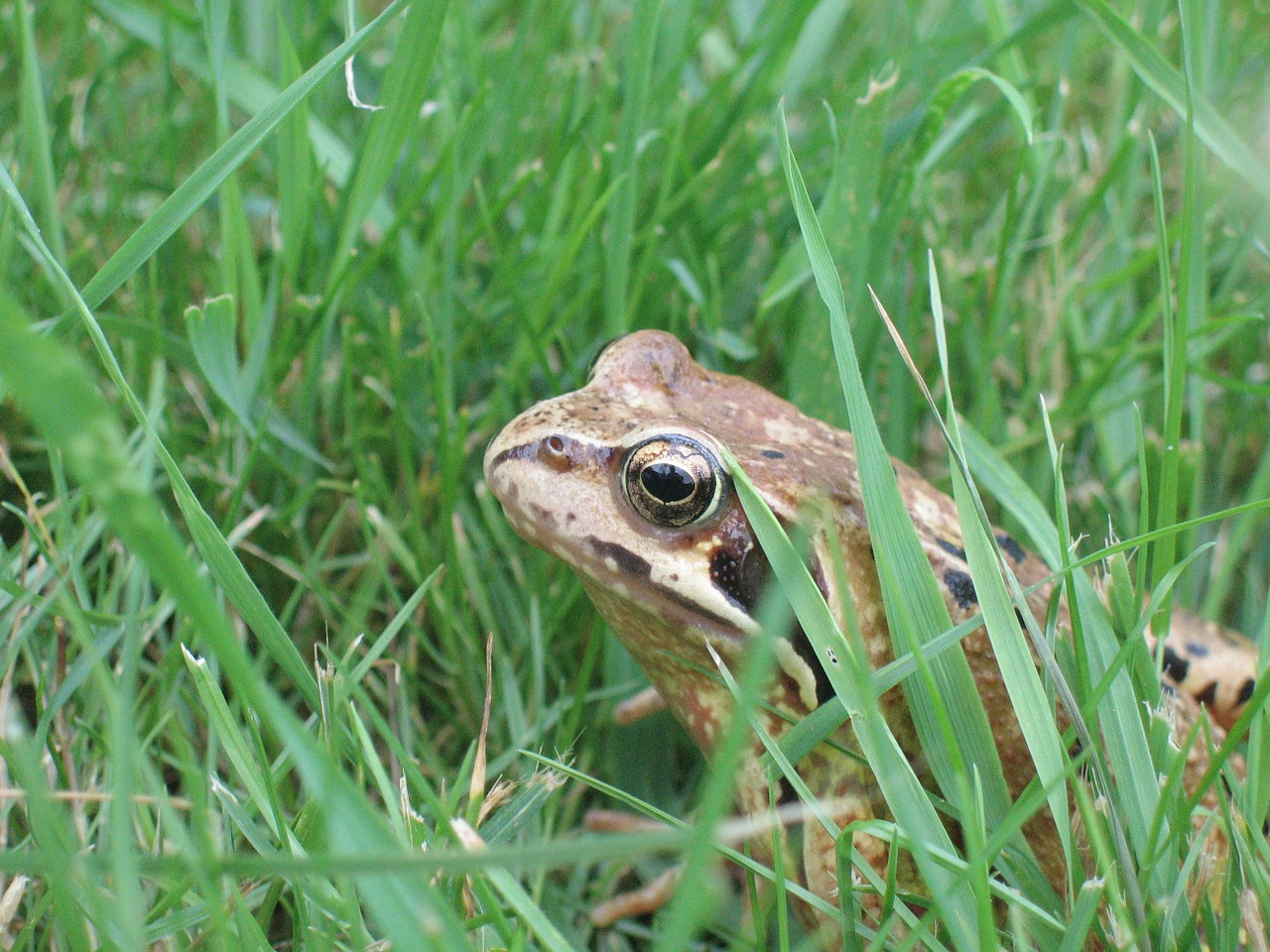Our grass is as confused as the rest of the plants in our garden, it doesn't know whether to grow, stop or just be a muddy mess from where we don't have a path and have walked on it as we've nipped up to the shed or the greenhouse, or as I wrote about more recently to retrieve some escaping bubble wrap.
So if your grass is anything like mine, it's probably looking a bit like this, but perhaps not quite so pretty.
IMAGE SOURCE: PIXABAY
Checking our strimmer
Either way, pretty or not our grass is probably already too long to use the lawn mower straight away, so MOH will most likely tackle the longer parts - or the bits we haven't walked on all winter - with the strimmer first. And with it being noticeably lighter in the evenings this week - yay! - this weekend I'll be recommending that MOH checks out our strimmer to make sure it has enough line to do the whole garden in one session. There's no point in him doing half a job now is there?
In his ideal world I'm sure he'd like a petrol strimmer or a cordless one, like these strimmers on the SGS site, but in reality I think he'll be making sure our corded version is still up to the job.
Checking for wildlife
Before he starts though, we'll be checking the grass for wildlife. Although we don't have a pond in our garden, we regularly see toads in our garden and can hear them on summer evenings when they're on manoeuvres, as I call their nightly journeys to the pond next door but one (well, I assume that's where they go).
It's funny as even though I know they're there and I'm used to seeing them, every time they make me jump. I imagine they're pretty surprised to see me peering at them too though...
IMAGE SOURCE: PIXABAY
Here's a couple of tips for alerting your wildlife:
- Use a stick to rake through longer, tufty grass
- Walk over the area you're about to cut
- Cut the tuftier bits of grass with shears, in case any wildlife hadn't got the message.
I read recently that frogs and toads are more likely to be out and about after it's rained or early in the morning when the grass is damp, and that hedgehogs are more likely to be found during the day especially early or late in the year when they may be out looking for food.
So now's the time to check out your strimmer, and before you use it check your grass for any wildlife and give them a chance to move on before you start work. What other tips do you have?

